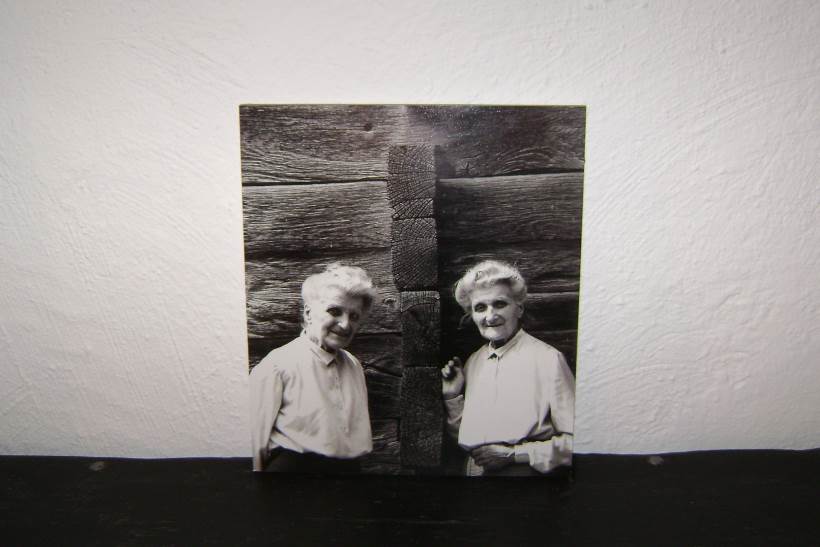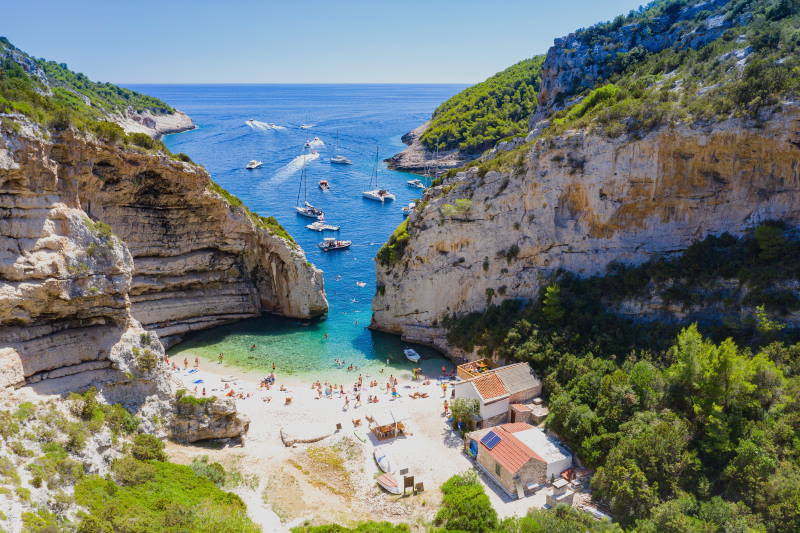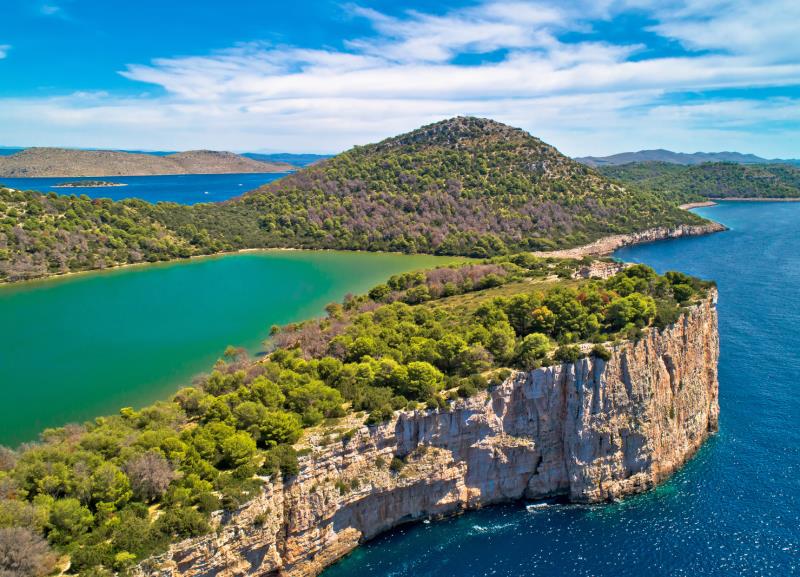Curia Modić-Bedeković – a beautiful example of traditional building in Donja Lomnica

Traditional wooden construction, beautiful and well preserved…all thanks to the joint efforts of the eponymous Modić Bedeković family and the town of Velika Gorica.
The curia was built at the beginning of the 19th century by the assessor of Turopolje Petar Modić; the evidence of this can be found on a 9-meter-long main ceiling beam in the building’s vestibule, with the inscription ‘1806. 15 jun FiERi FECit PEtRUS MODych ASSESSOR’. The curia has been inherited by his descendants, now members of the Perak, Kallay and Kroll Perak families.

The curia in Donja Lomnica is a true example of the traditional building constructions in this part of the country, where cleft oak planks are placed horizontally and come together in corners without cutting the edges – this is called ‘croatian vugel’ (as opposed to trimmed ‘german vugel’).
This one-storey building has a typical rectangular floor plan and layout, with utility rooms on the ground floor and sleeping/eating quarters above. The slanted roof used to be made of around 10 000 oak wood pieces; nowdays it is updated to a modern classic beaver tail tiles.

There is a caretaker on the estate who manages both the building and the surrounding grounds. A recent event shows us the importance of this: as it happens, the curia is situated in the vicinity of the main Zagreb airport, and on occassion an incoming/outgoing plane will fly so low and risk damaging the roof with the resulting air currents.
Half of the roof has been lifted, and a quick reaction of the caretaker resulted in the airport being notified and the roof was immediately repaired.

Entering the curia leaves you breathless, everything is as it used to be centuries ago. Great double-wing gates first lead to a spacious courtyard, where you are ‘greeted’ by two fiacres (carriages), one of which is fully repaired. Petar Modić used the fiacres to go to Zagreb for work. There is a wooden staircase leading to the upper floor, an old brewery/wine cellar on the left, and on the right a common house, today occupied by the caretaker.
The moment you reach the upper floor is magical – you are now walking on a mosaic floor made of white pebbles and black river shells from the nearby creek, between wooden beams that show you the direction in which to proceed. All the original furniture is well kept and on display, from beds, wash basins, sofas, to a linen press, a piano, and four ceramic stoves.

Back in the courtyard we also find a kind of a summer kitchen called ‘sukačnica’, chef’s quarters, a frame of an old well, a sty and a hayloft. There is an orchard behind the curia, and a garden to its left. A great hundred-years-old linden tree used to adorn the front, before it was destroyed in a storm in 2007.
Twin sisters and artists Milka and Vilma Bedeković were the last residents of the curia. They were a great influence in the cultural life of the area; among other things they left behind an embroidered flag of DVD (Volunteer Firefighters Association) Donja Lomnica, while their sister-in-law was its godmother.
A visit to the curia is possible with prior announcement. Any additional info can be found on the offficial web-site of the museum of Velika Gorica. (Merica Mikuličin & Agata Juran / ViaNobility)









